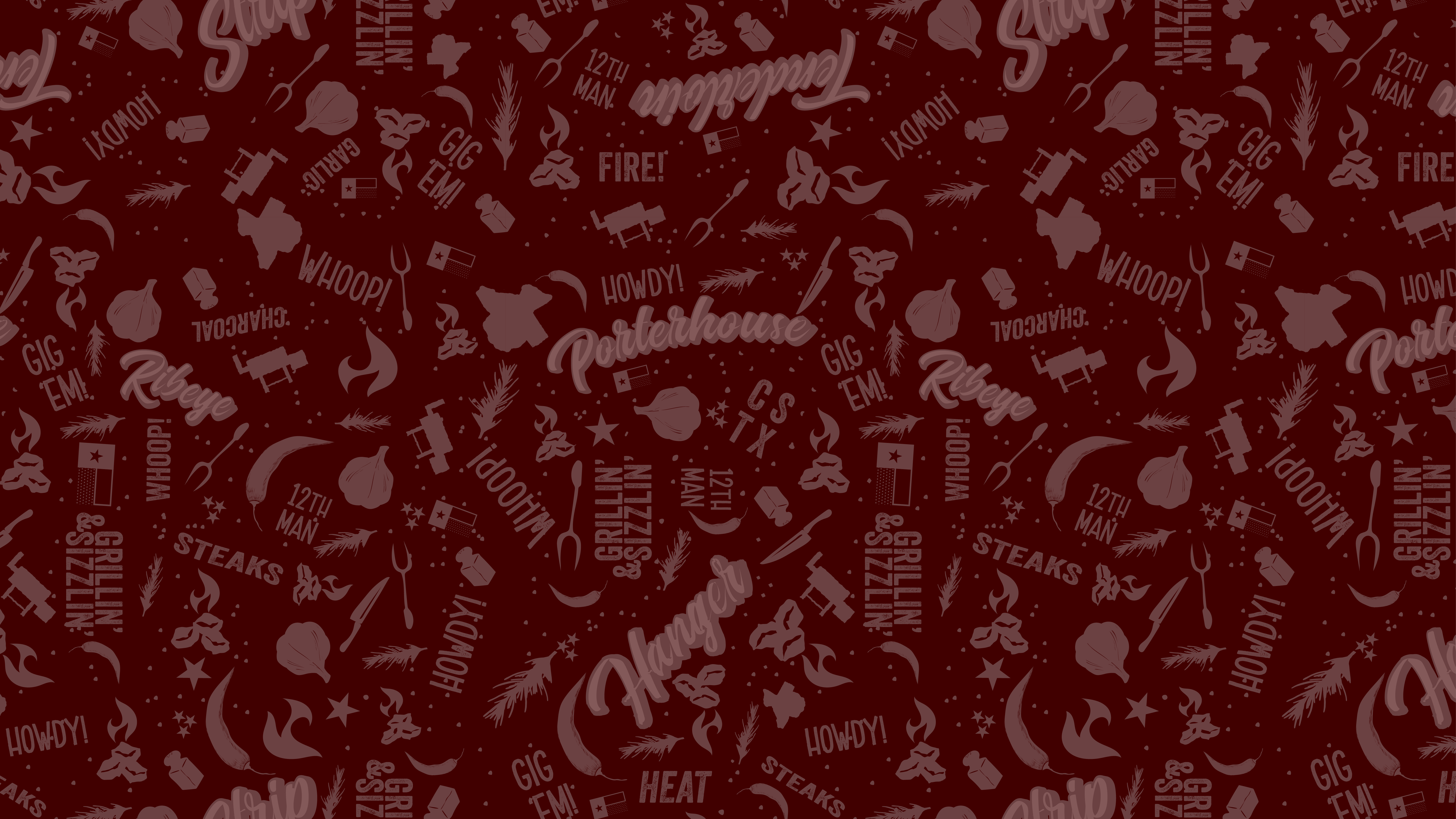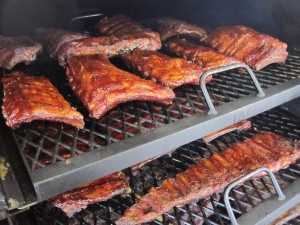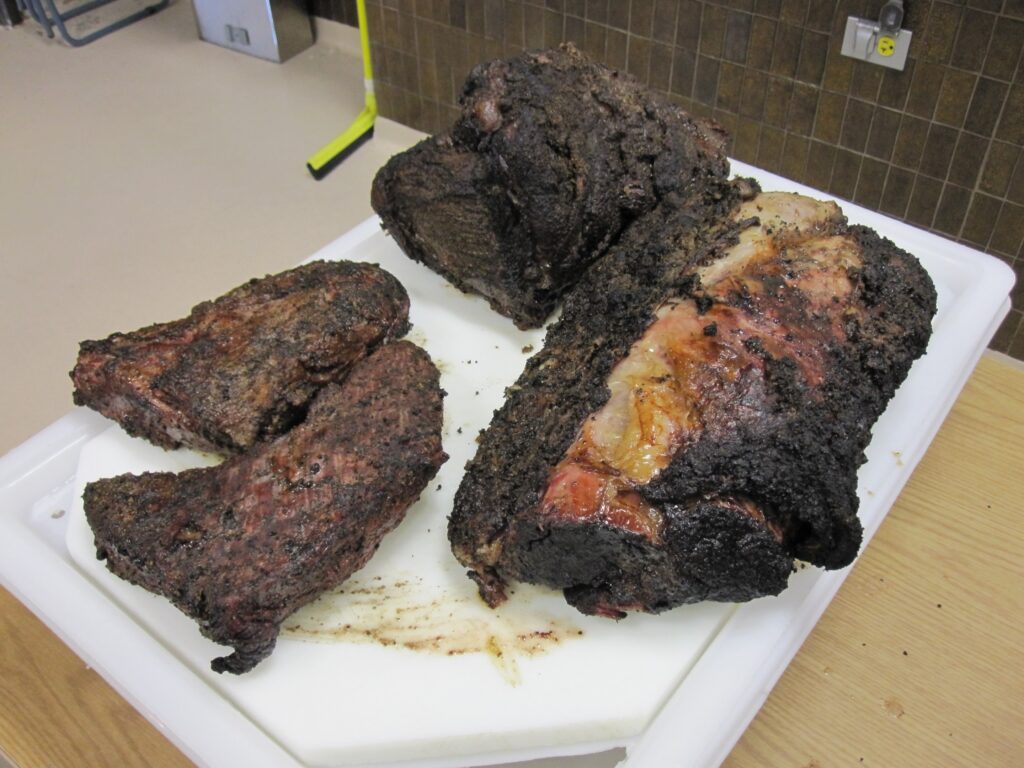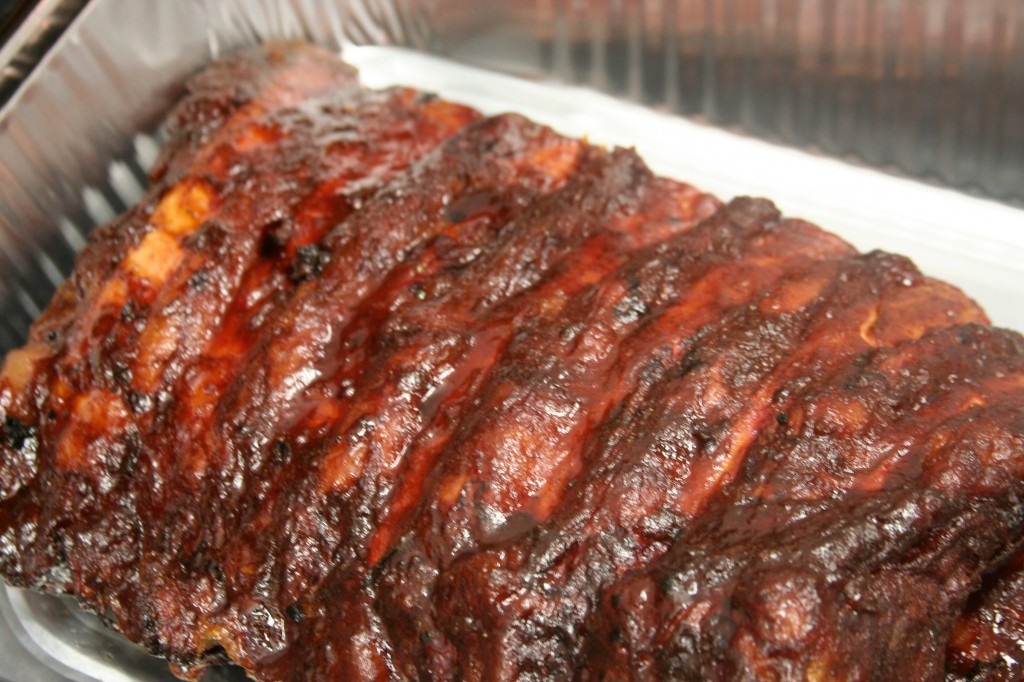
Meat Selection
For the most part, cuts of meat to barbecue vary widely from region to region. Traditionally, beef and pork cuts are most common, but chicken and turkey are also widely prepared. And lamb and goat are regional favorites.
Barbecue has its roots in using tougher, less valuable cuts of meats. Today, some barbecue establishments cook prime rib as one of the menu items. However, even tougher, less valuable cuts benefit from the “low and slow” cooking method common with barbecue.

Important meat selection and barbecuing topics
Knowing the cuts of meat is important to understand how best to cook products. It also helps you to understand how many servings you will get from them, their costs, and their versatility.
Other important meat selection topics to learn about include marketing terms for food labeling, such as:
- USDA grades.
- Private brands.
- Grass-fed.
- Natural.
- Organic.
- Heritage.
As a barbecue enthusiast, understanding all of the meat options for barbecuing should be a priority.
Beef options for barbecuing
Some popular meat selection options for barbecuing beef include briskets, clods, tri-tips, back ribs and short ribs.
Briskets
Packer-trimmed briskets typically come from the packer pre-vacuum packaged. As the name indicates, these were trimmed as they were “fabricated,” or removed, from a beef carcass. That usually means the brisket will still be covered with a thicker fat cover. Many barbecue enthusiasts prefer this fat cover for long-time cooking. A packer-trimmed brisket is usually the entire beef brisket, unlike a brisket point or brisket flat.

Brisket points are the anterior (forward) end of the brisket and are typically fatter. Brisket points cover both the brisket and between the muscle fibers. Brisket flats are considerably leaner, both in fat covering and especially within the muscle itself. Briskets tend to have high levels of connective tissue, which require longer cooking times at low temperatures. Yields of cooked, trimmed lean are approximately 50% of the raw weight of the brisket.
Clods
Clod is not the most appealing name for a meat cut. But a beef clod can be an excellent choice to barbecue for a large number of edible portions. The beef shoulder clod is fabricated from a beef chuck or the shoulder area of a carcass. It includes a number of muscles that range from extremely tender to somewhat tough in terms of overall tenderness. Overall, the muscles are inherently more tender than the muscles in a brisket. So slow, low temperature cooking will help minimize muscle differences.
A clod’s internal temperature may not need to be as high as a brisket to achieve the same or even greater tenderness of the meat. However, shoulder clods may be double or even triple the size of beef briskets, so plan cooking time accordingly.
Tri-tips
Beef tri-tips are fabricated from the lower portion of a beef sirloin and have more of a sirloin flavor. Beef tri-tips are not heavily used for barbecue applications in Texas. But for many areas of the western United States, they are the standard meat of choice for barbecuing and grilling.
Beef tri-tips include only one muscle, the tensor fasciae latae. And muscle fibers follow the same path, allowing for easy cutting across the grain to aid in maximum tenderness. The cut can usually be purchased with a fat cover on one side or completely “denuded.” Denuded refers to muscle that has had virtually all the fat removed from the outside of the cut.
The internal temperature of a tri-tip can be much lower than previously mentioned cuts and still be tender. Tri-tips are much smaller (2-3 pounds). And an edible portion can be close to 100% for “denuded” to about 70% for those with a layer of subcutaneous fat.
Back ribs
Beef back ribs are the “upper” portion of the seven ribs (usually ribs 5-12) attached to a beef rib or ribeye. The rib bones are removed along with the rib intercostal muscles located between the ribs. So you can always distinguish beef back ribs from beef short ribs by the location of the major lean deposits on the rib.

Although pork back ribs may also contain a portion of the loin that lies above, that is not the case with beef back ribs because the ribeye is much too expensive. A rack of beef back ribs will weigh 3-5 pounds based more on the length of the ribs than the amount of lean left on them. Beef back ribs contain larger amounts of connective tissue. So slow, low temperature, and even high-moisture cooking is recommended.
Beef short ribs
There are two areas of a beef carcass where short ribs are obtained. The first area is an extension of the previously mentioned beef back ribs. This area, commonly referred to as rib, plate or just short ribs, is the most common area of the carcass used for short ribs. The portion of the rib used can be anywhere from 2 to 6 inches in length and typically includes some lean and fat overlying the rib bones.
The major muscle in “meatier” short ribs (usually the three most anterior or toward the front of the rib) is the serratus ventralis muscle, which tends to have a great deal of “intramuscular” fat commonly referred to as marbling. Although marbling is often equated with tenderness and flavor, short ribs should be considered as one of the cuts requiring long-time, low-heat cookery for maximum tenderness.
A second area of the carcass used for short ribs originates in the beef chuck. This portion, or “subprimal” is commonly referred to as chuck short ribs. Chuck short ribs are typically sold with four ribs (ribs 2-5) in the cut and the major muscle overlying the bones is the serratus ventralis.
The serratus ventralis muscle tends to have a great deal of “intramuscular” fat, commonly referred to as marbling. Although marbling is often equated with tenderness and flavor, short ribs should be considered as another cut requiring long-time, low-heat cookery for maximum tenderness. They are typically 4-6 inches in length. Variations of chuck short ribs may include slices (approximately .5 inches) cut across the rib for flanken-style ribs or with the bones removed for boneless short ribs.
